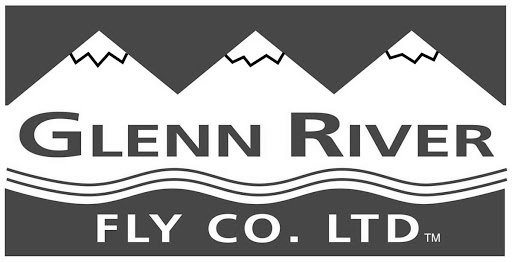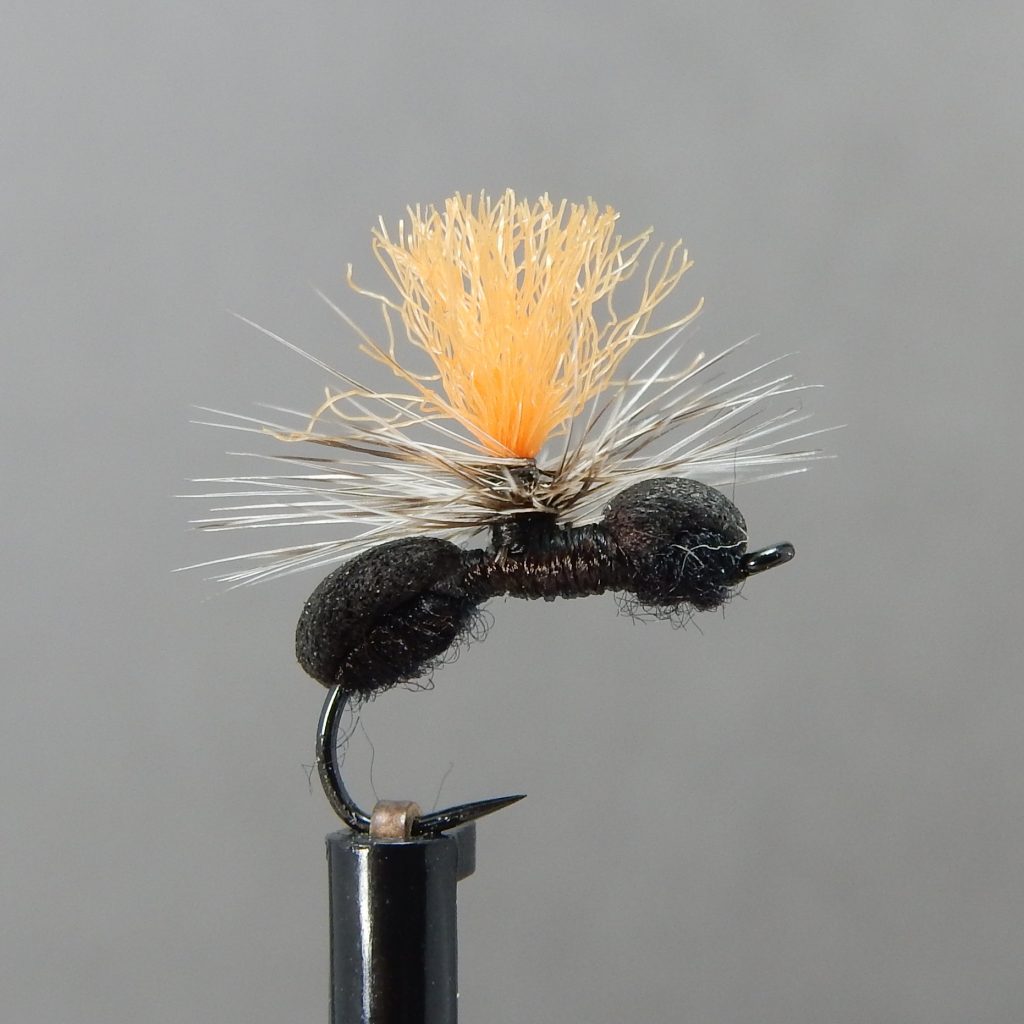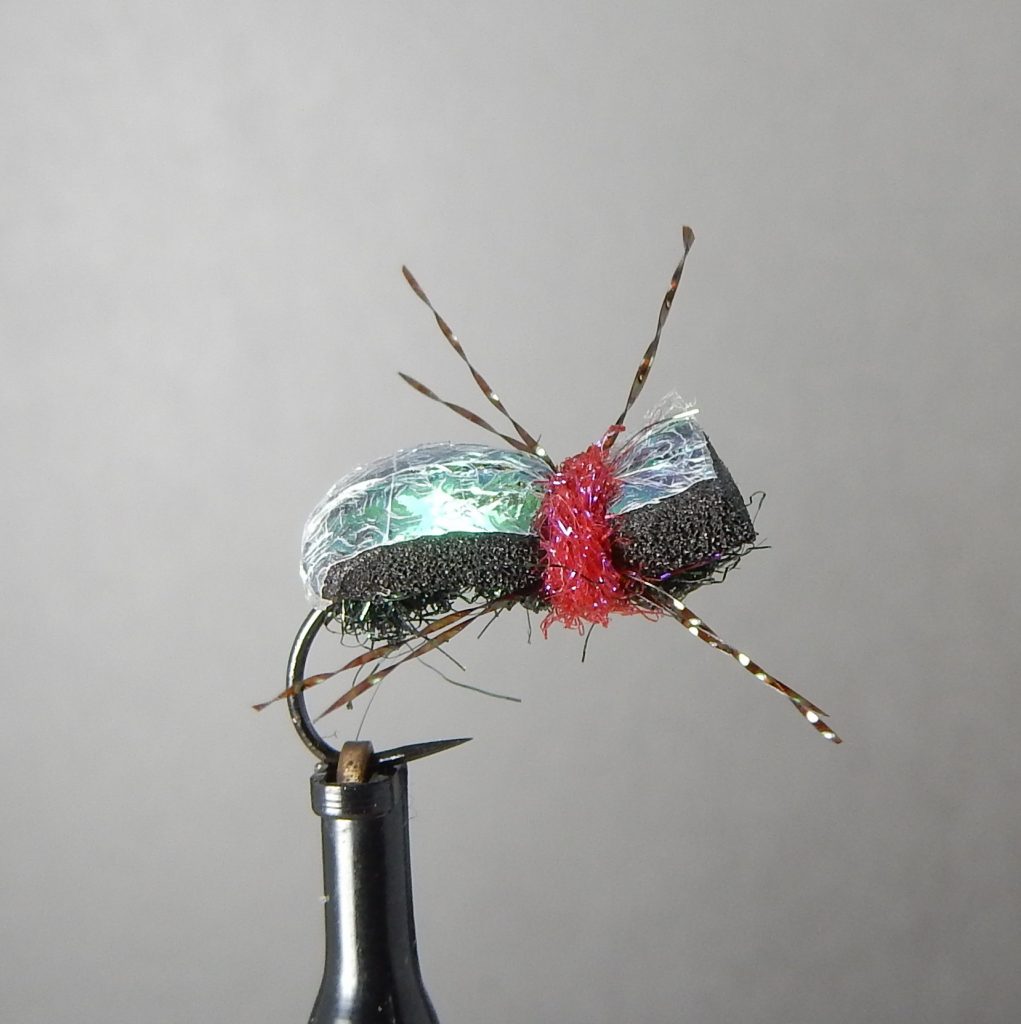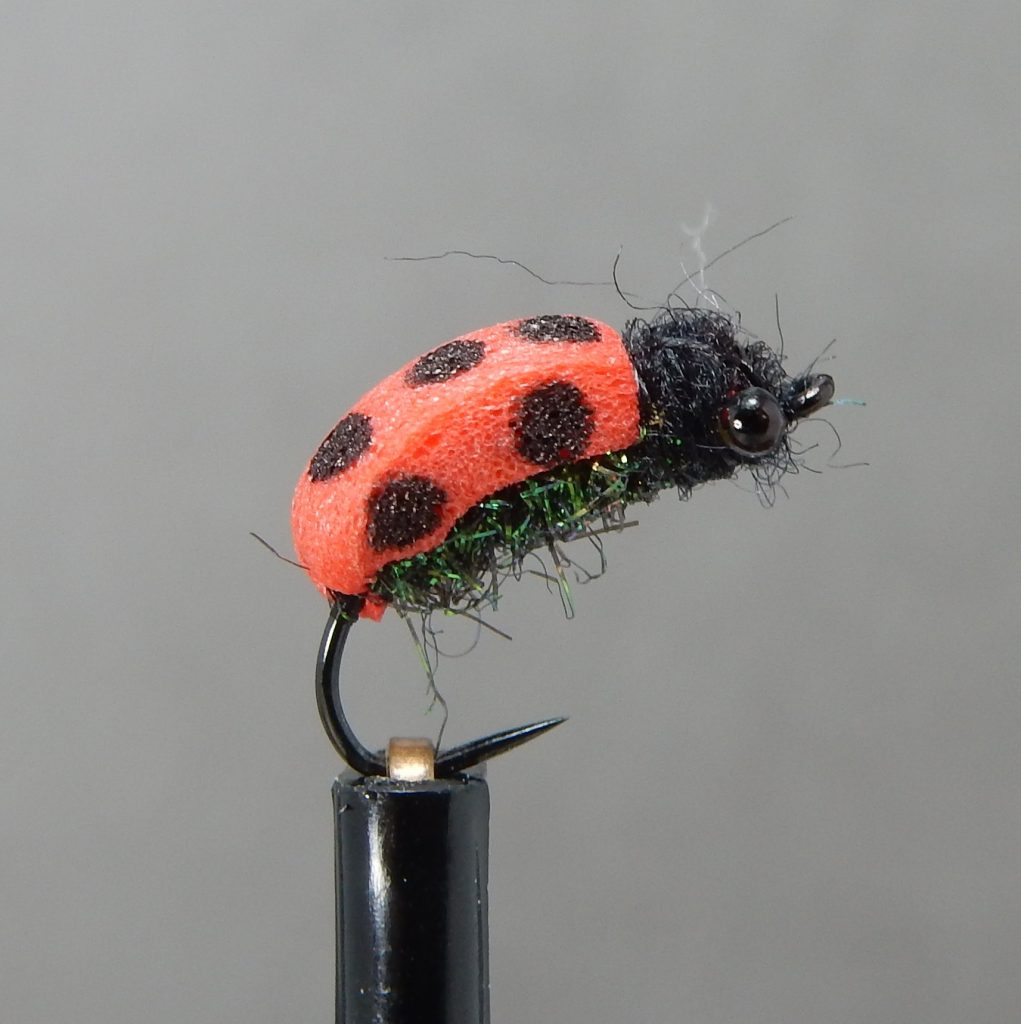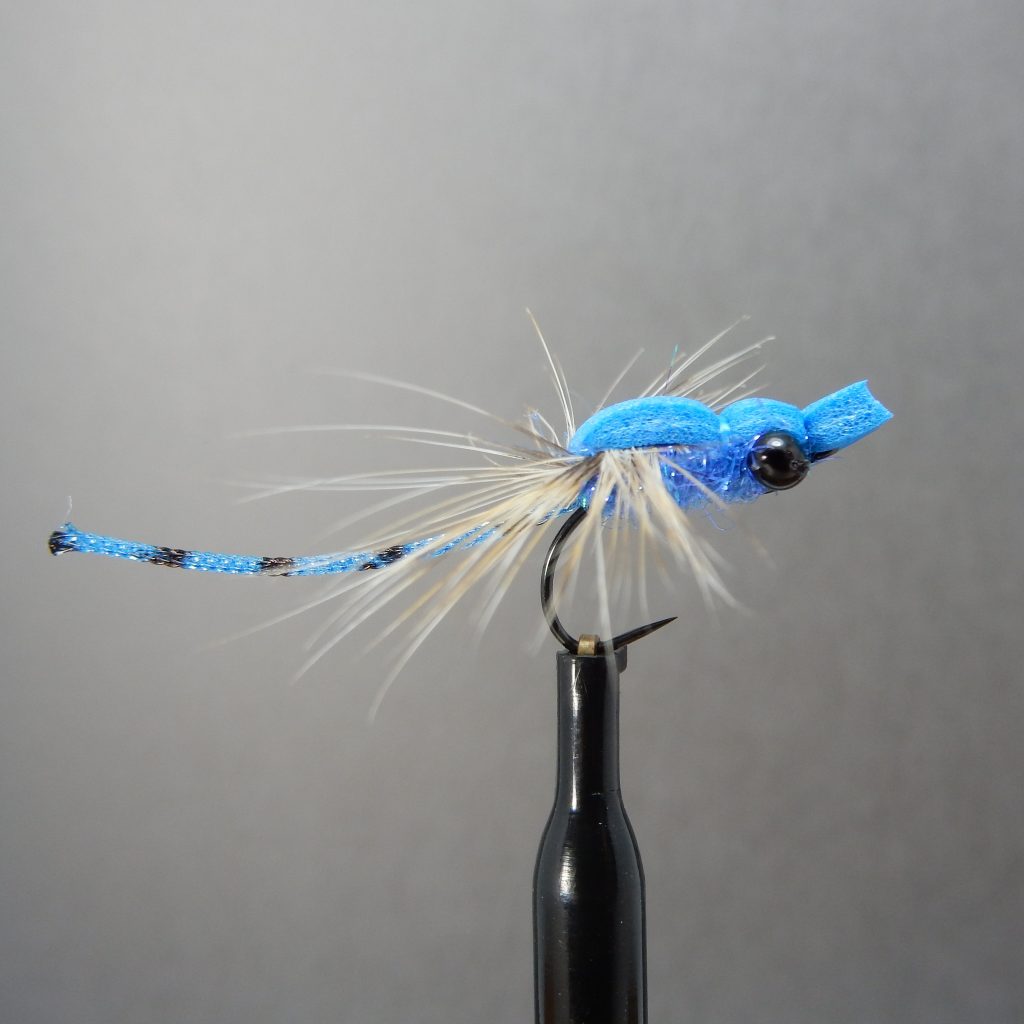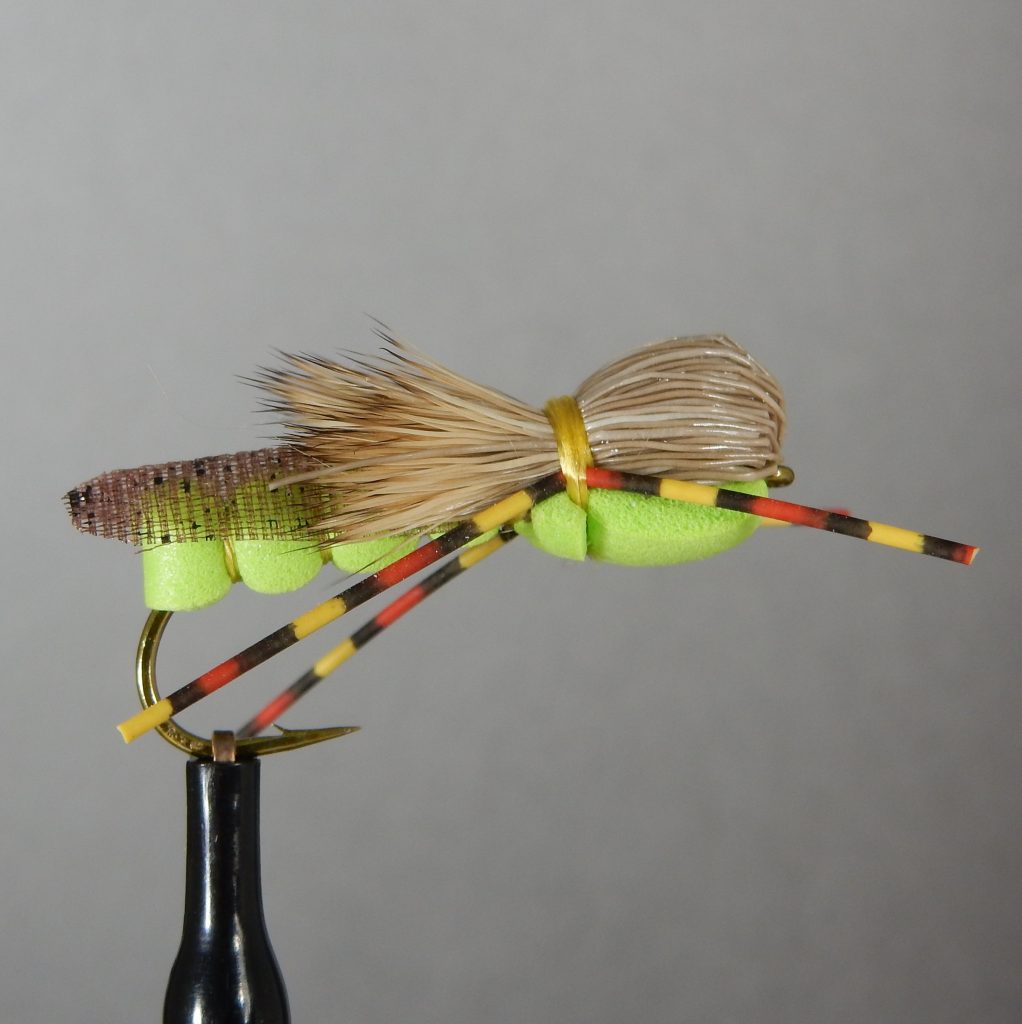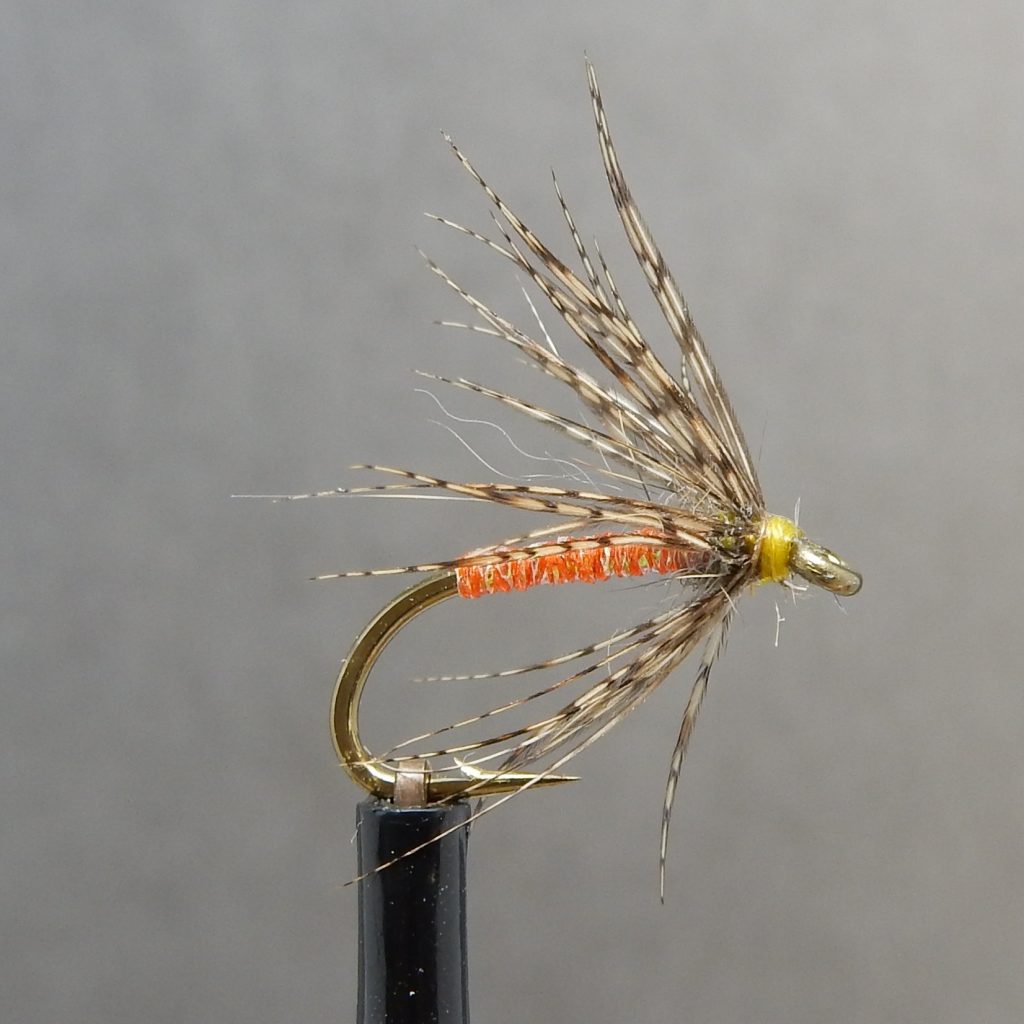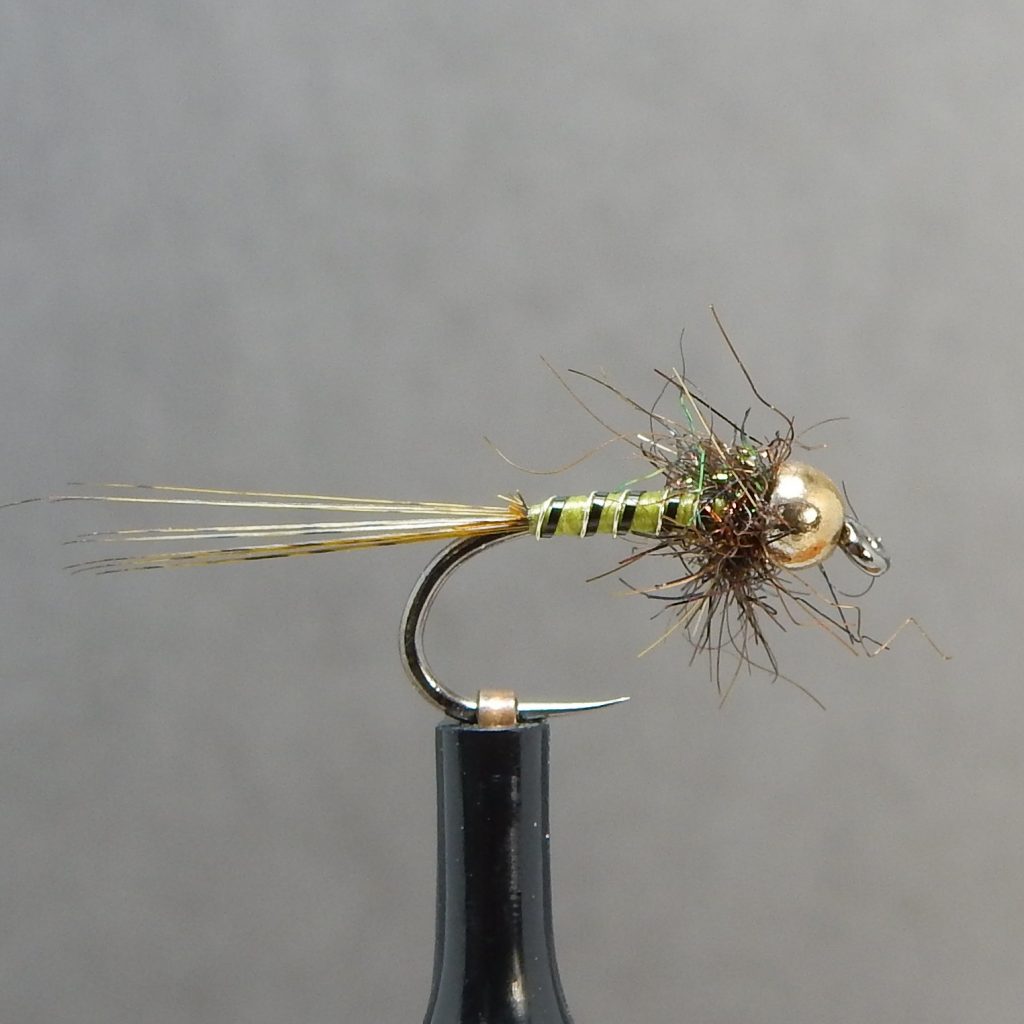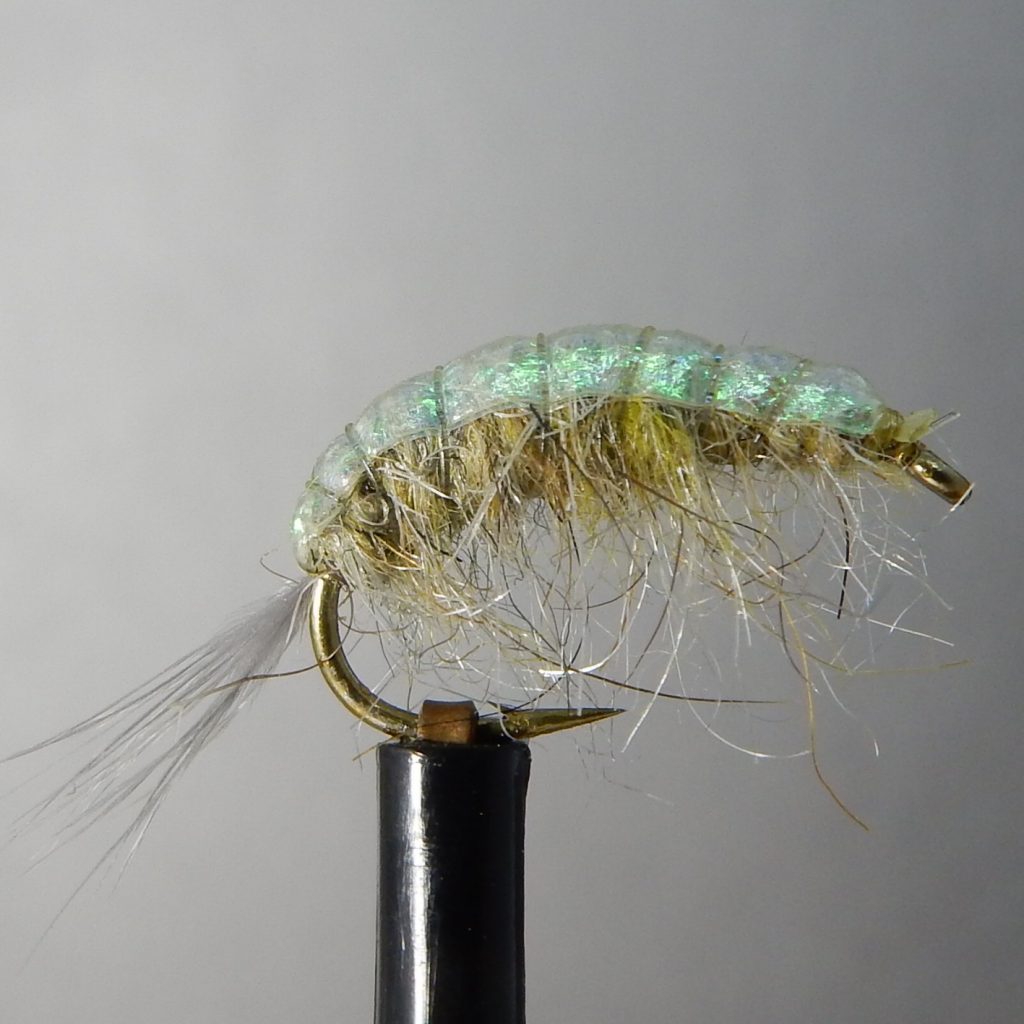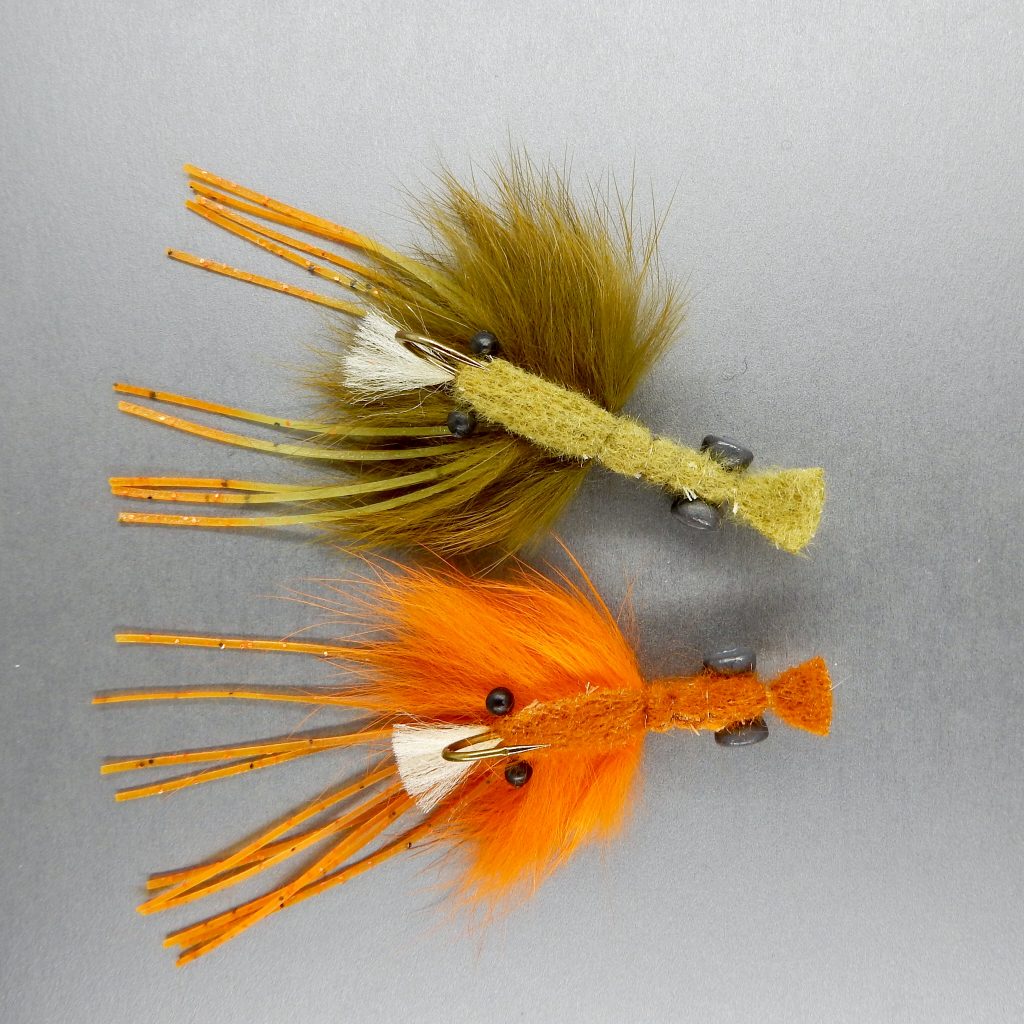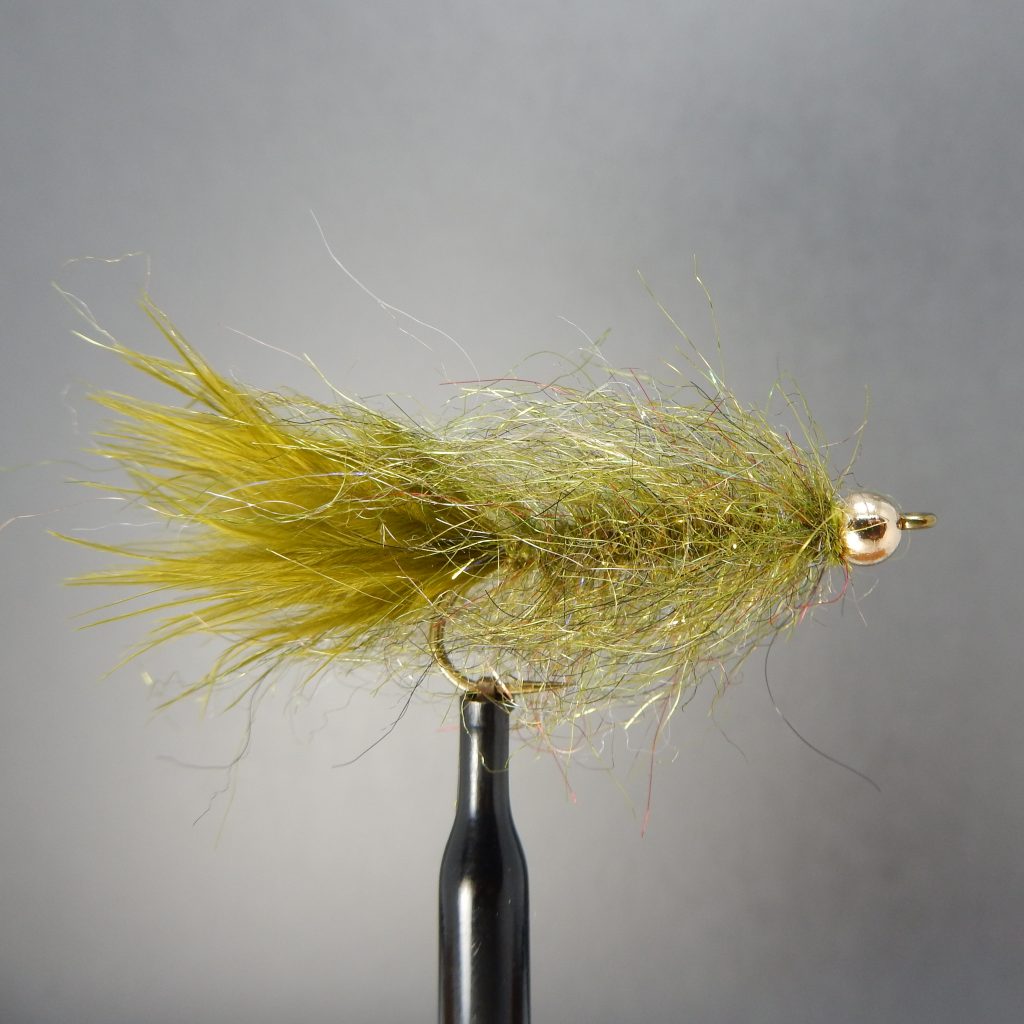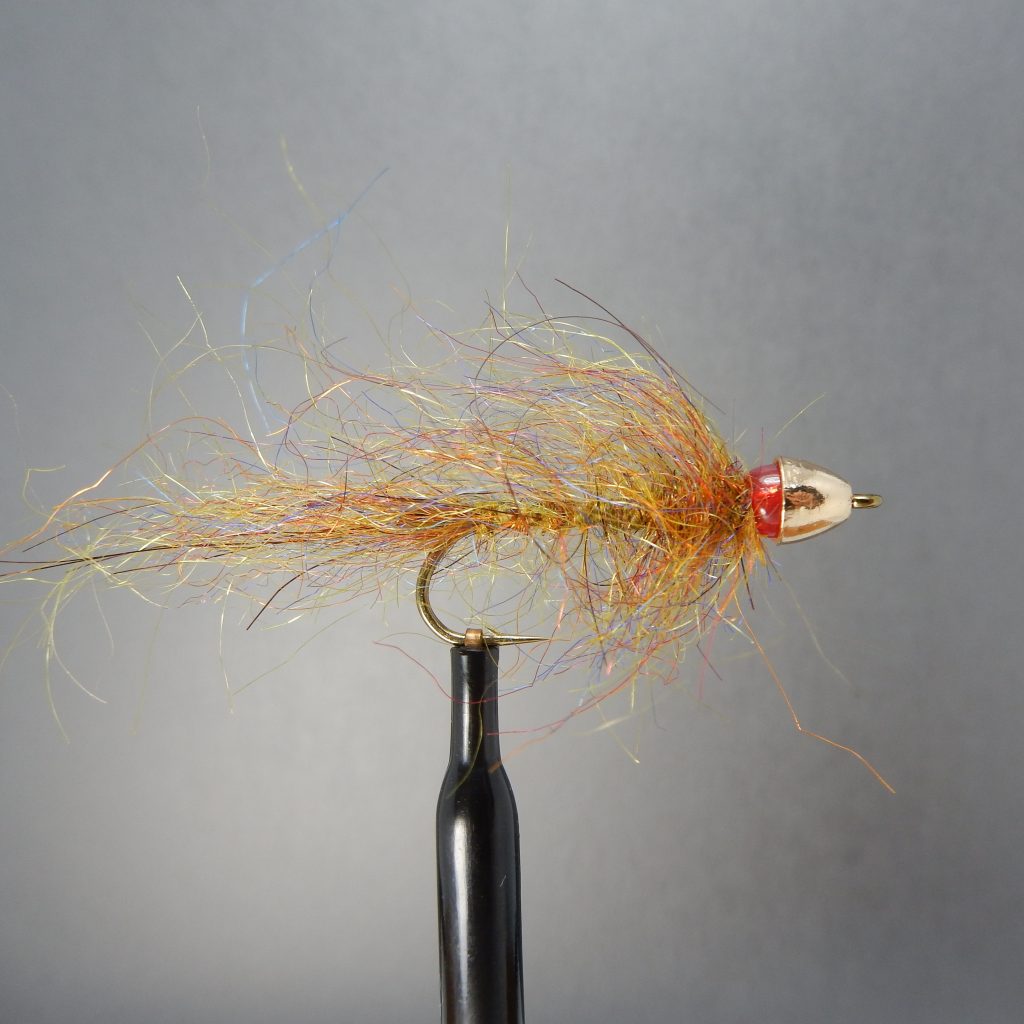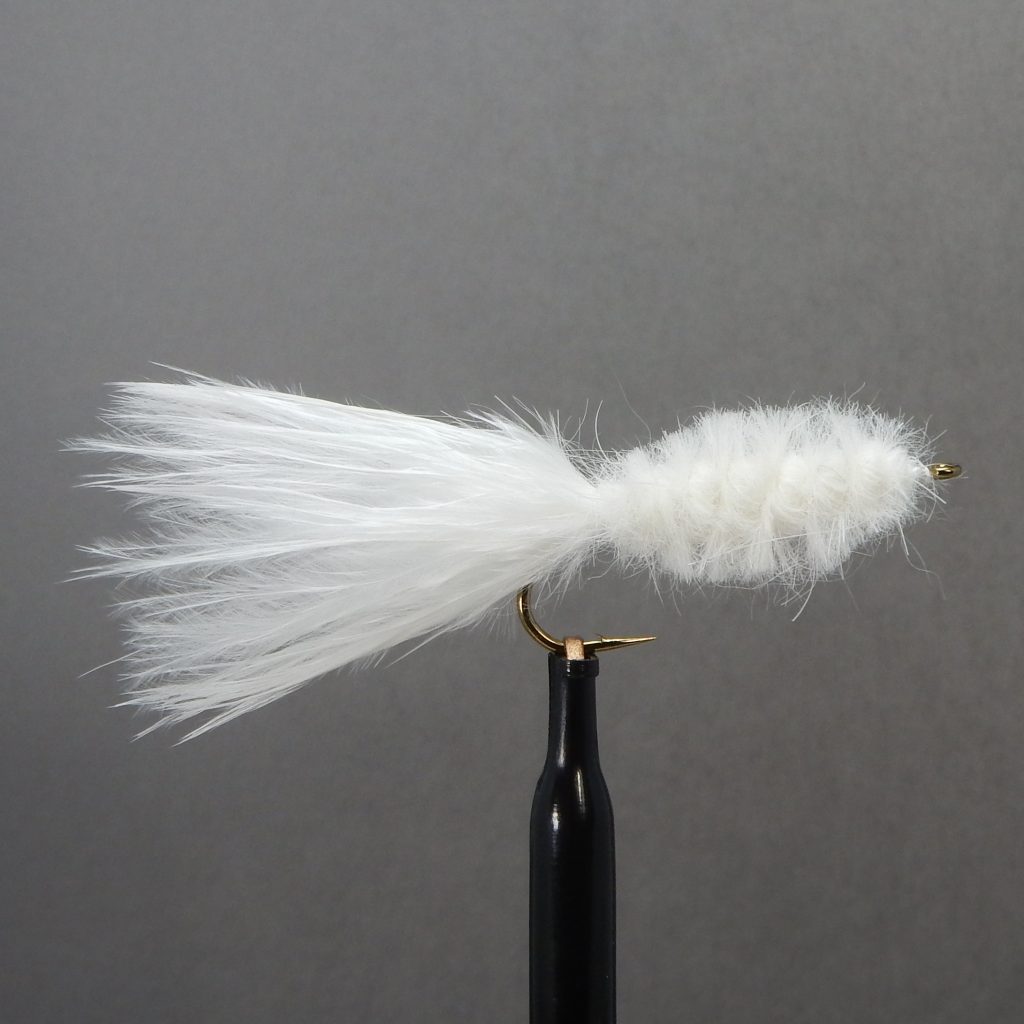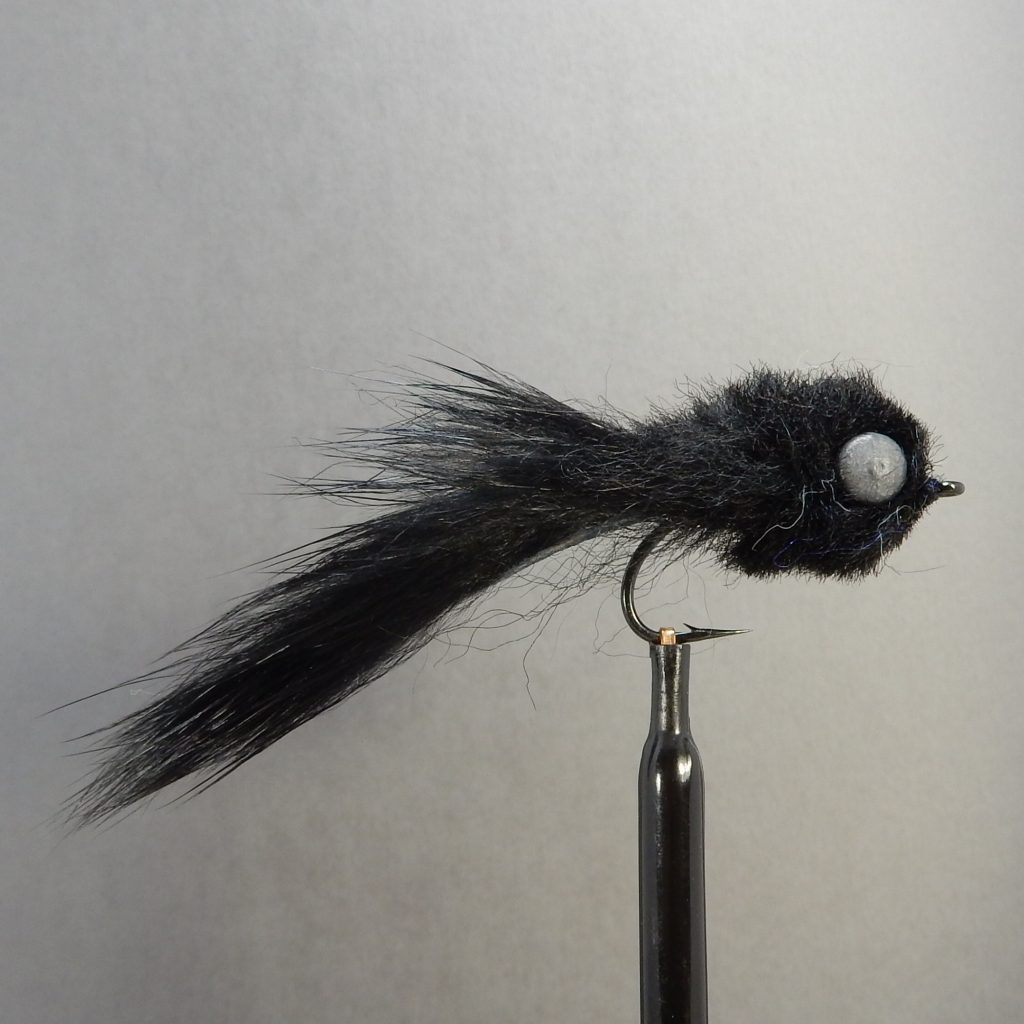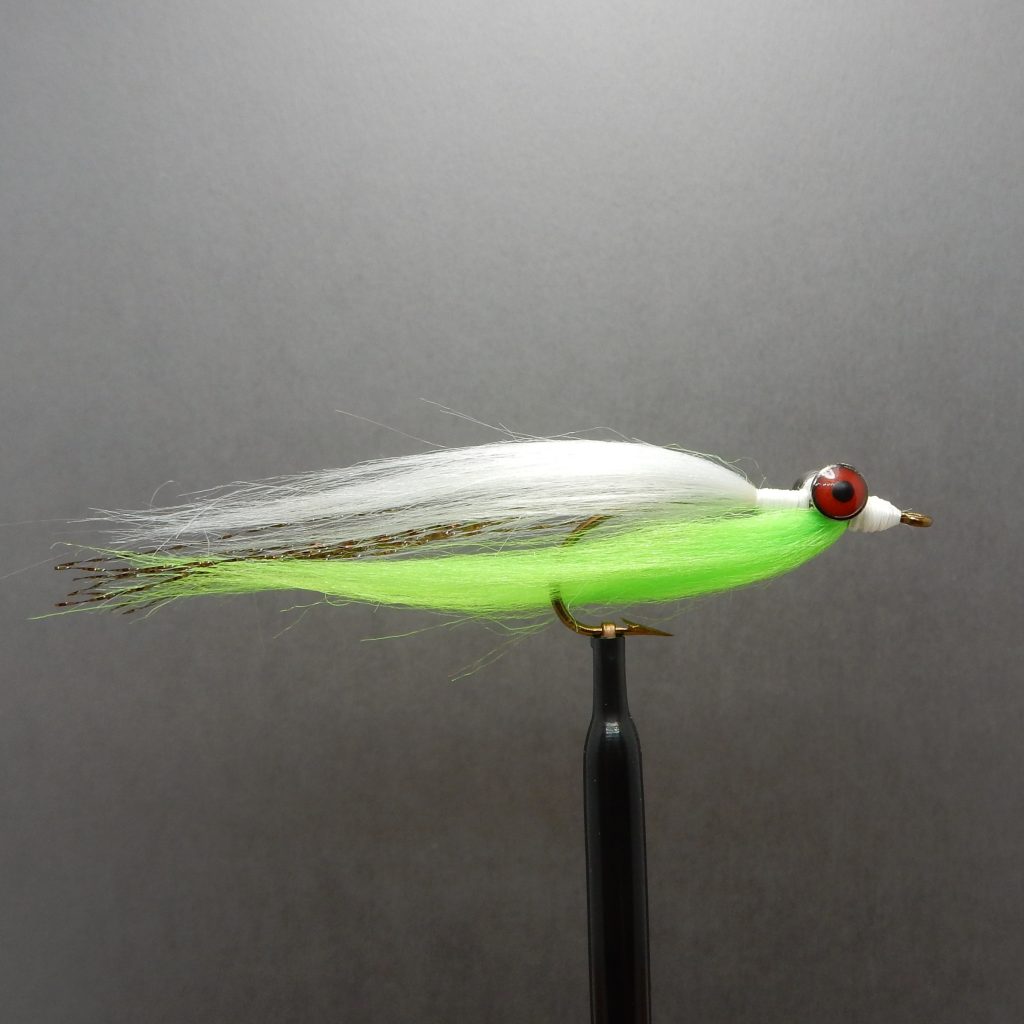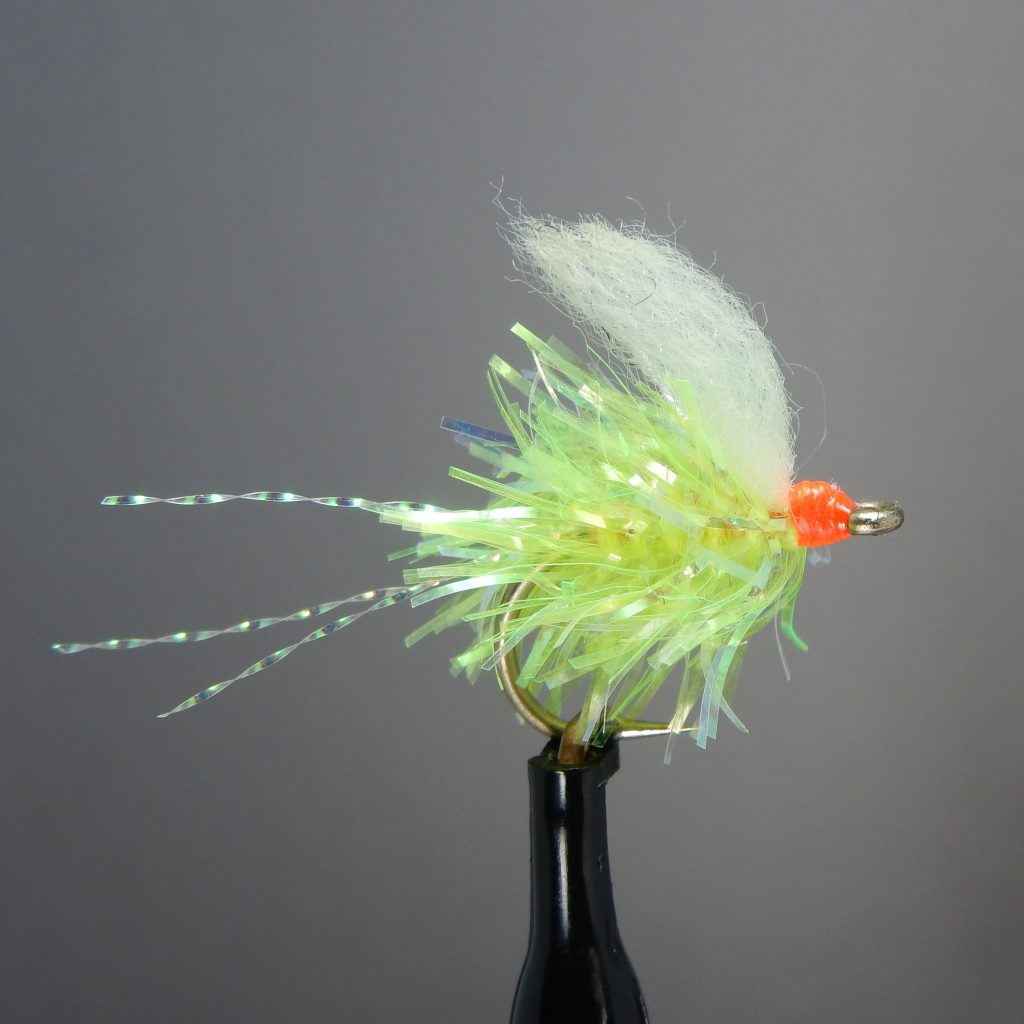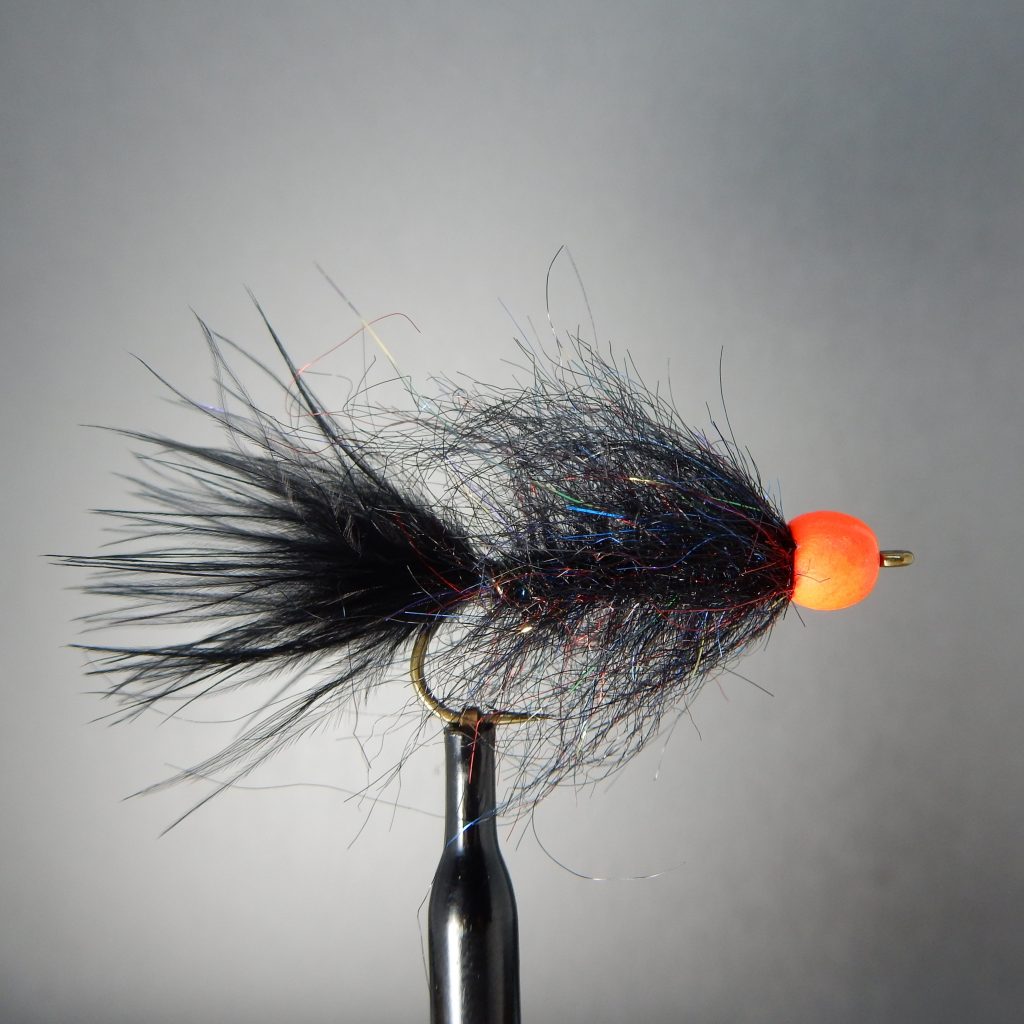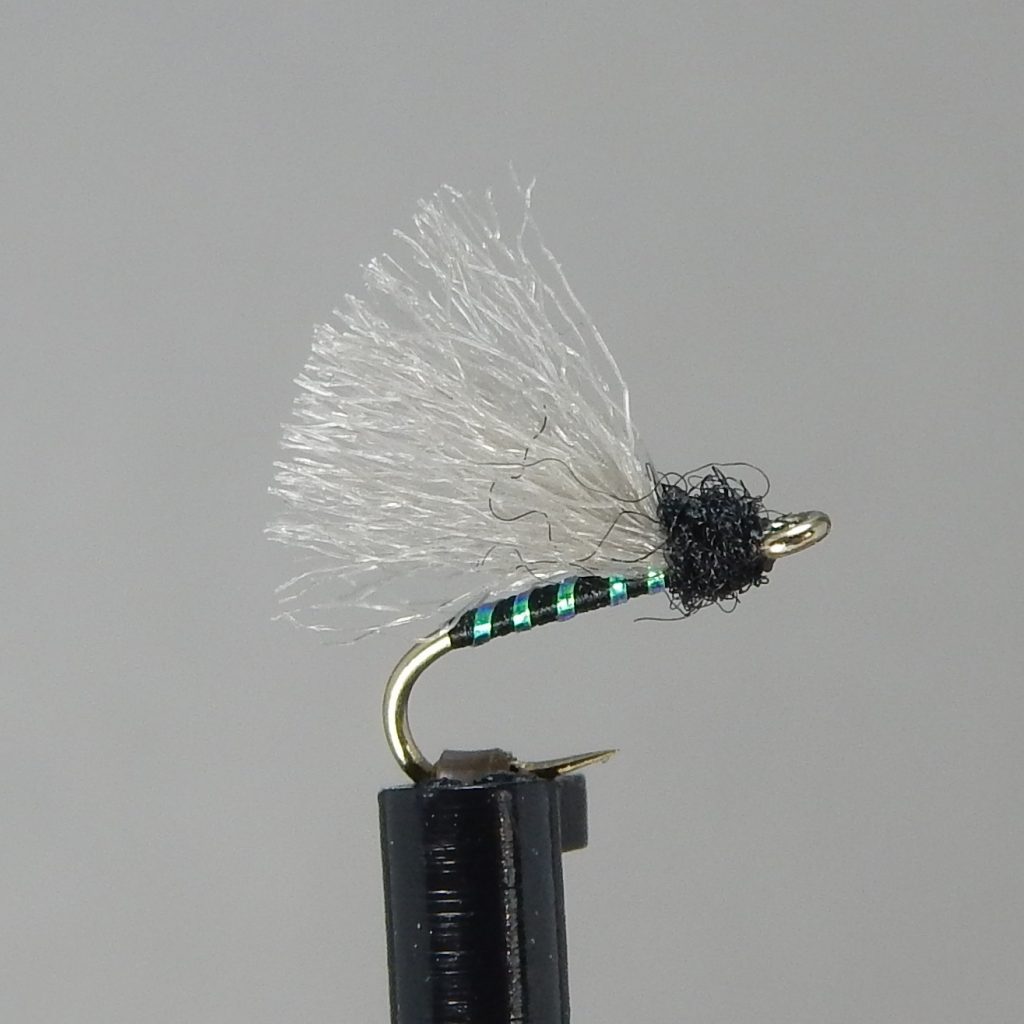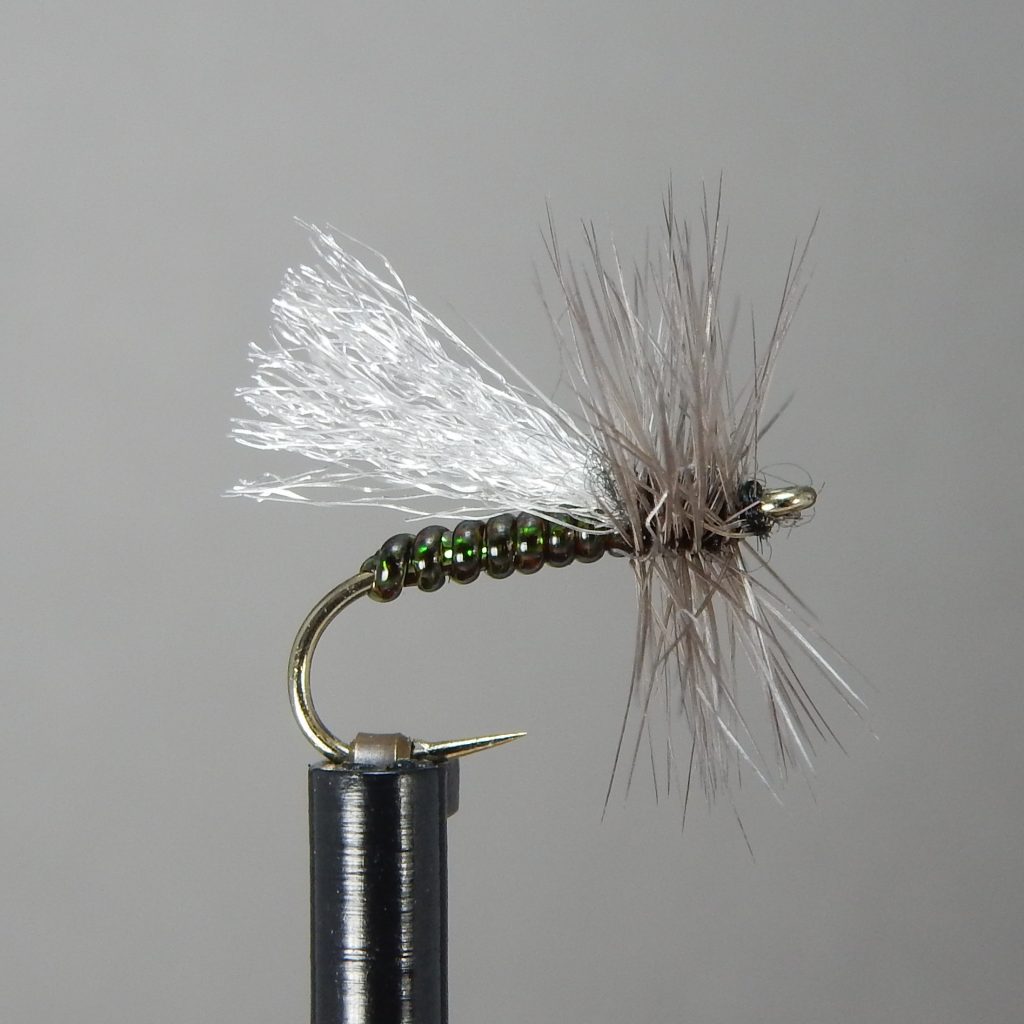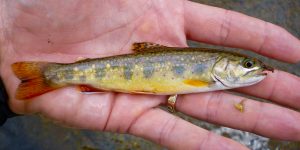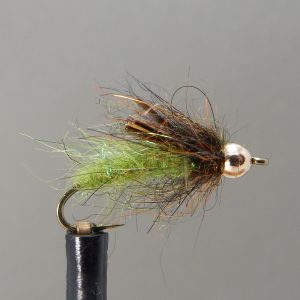Understanding Basic Fishing Flies

If you are anything like me, you probably carry more flies than a fly shop when you head to the stream! Boxes and boxes, that have row after row, of seemingly “perfectly” tied flies, for each possible stage of each possible hatch. Makes you question if they are all necessary right? Of course they are- that’s part of the game. Just kidding. The reality is, when you start tying flies, it can all seem overwhelming. There are so many insects and so many different patterns. Let alone, the “types” and “styles” of flies. At Glenn River Fly Co, we do a lot of demo tying and instructional workshops. For “beginner” or even “intermediate” level tiers we often start with a basic understanding of the main category & purpose, style and type of flies. The attached flow chart, that we have created, serves as a great tool to help you though your tying development. While not totally comprehensive, it does a nice job of covering and outlining the major points.
Following is some informative commentary for your use:
Imitation vs. Attraction: The tricky part here is that a fly pattern can be either, neither, or even both in the eyes of a fish. But, simply stated, if the fly pattern resembles a natural food source with high recognition, it is probably being seen by the fish as an IMMITATION. Conversely, if the fly pattern is not as recognizable by the fish as a natural food source, but rather invokes an exploratory strike due to some trigger (such as color, flash, movement, sound, etc) – it is probably being seen as an ATTRACTION. Fly fishers that “match the hatch” are more often using the “imitation” premise than the “attraction”. A fly fisher that ties on a “searching” fly pattern, merely to prospect the water hoping to elicit a strike from a fish, is more often using the “attraction” premise. There are certainly no rules here. Just a starting point in fly pattern categorization. However, you should be getting the idea that fly design is very important. Fly patterns designed for “imitation” should focus on size, silhouette, semi-realism or even realism. Were as fly patterns designed for “attraction” often focus on materials and tying techniques to generate a “trigger such as noise, movement, contrast, flash, etc.
Dry vs. Wet: An overwhelmingly large percentage of the fishing flies you will tie and fish can be categorized as either FLOATING (Dry Fly) or SINKING (Wet Fly). Again, it can be a bit tricky, as some flies sink when your goal is to float them, and visa versa. But, categorically speaking, most all Dry Flies are tied with certain materials and tying techniques designed to help them float while fishing. And, most all Wet Flies are tied with certain materials and tying techniques designed to help them sink while fishing.
Classic or Traditional Dry Flies: Most tiers, including me, tend to classify a pattern tied with a “traditional” style hackle as a Classic Dry Fly. “Traditional” style hackle means, a pattern that features a hackle or hackles wound around the hook in a traditional or palmered way. Along with a tail and body, this hackle (and a wing if included) all helps create a delicate “floating” pattern that can be used for imitation or attraction. When learning these types of fly patterns for the first time, a tier typically gets exposed to tails, thin dubbed bodies, setting wings and winding hackle.
Parachute Dry Flies: Most of the time, these are essentially the same fly patterns as classic or traditional except for the hackle application. Rather than winding the hackle around the hook itself, it is wound around a wing “post” and resembles a helicopter. This style of dry fly became extremely popular as fly fishers desired lower riding flies that could sink down into the surface film somewhat. When learning these types of fly patterns for the first time, a tier typically works on creating the wing post (posting) and winding the hackle on the post (parachute)
Emergers: While a classic dry fly often rides very high upon the water surface and a parachute rides considerably lower- fly fishers desired a pattern to replicate an insect that wasn’t quite yet hatched (emerging) which could be fished near or just below the water surface. Over the years, many “emerger” patterns have been developed just for this very reason. These crossover patterns, meaning, part dry / part wet, can be very effective. When learning these types of fly patterns for the first time, a tier typically gets exposed to materials and techniques designed to remain just under or close to the water surface .
Terrestrials: Land born insects that come in contact with the water, often make a tasty meal for a fish. Easily recognizable by most fly fishers, these include ants, beetles, crickets, grasshoppers, lady bugs, etc. They are typically full of protein and most ride low in the surface film making them easy prey for a hungry fish. When learning these types of fly patterns for the first time, a tier typically gets exposed to materials and techniques designed to imitate Terrestrials themselves. Many types of foam and rubber legs are used frequently.
Classic Wet Flies: Many tiers might consider “nymphs” a classic wet fly. For the sake of this discussion, lets call a “winged” wet fly a classic wet fly. While not tied and fished as much as they once were, they are still incredibly effective. Most tiers at least tie and fish Soft Hackle patterns, which we include in this category. We also suggest you research and tie some winged wet flies- they too are very effective.
Nymphs: Since most fish, especially Trout, feed almost entirely on aquatic insects, the sub-surface life stage is perhaps the most important. We call that stage the Nymph. A tier learning these patterns for the first time will undoubtedly be working on tails, a segmented body, wing cases, legs and a thorax. Nymphs can be weighted or unweighted and fished by themselves, with other nymphs or even underneath a dry fly.
Crustaceans: Crustaceans are invertebrates with a hard exoskeleton, a segmented body that is symmetrical, more than four pairs of jointed appendages (“legs”) and an open circulatory system. Most common are crayfish, crabs and shrimp. For the typical fly fisher, shrimp patterns such as scuds, sow bugs and cress bugs are as important as crayfish. A tier learning these patterns for the first time will undoubtedly be exposed to curved hooks, shellbacks, epoxy, etc.
Streamers / Minnows & Baitfish: Streamers have been around since the beginning of time it seems. Typically they are longer shank length, sinking fly patterns that can replicate many food sources such as worms, leeches, sculpins, baitfish, etc. A sinking or floating line can be used and there are various retrieve techniques used today. Perhaps the most popular streamer is the Woolly Bugger. Other classic patterns are the Mickey Finn, Black Nosed Dace and of course the Clouser Minnow. A tier learning these patterns for the first time will be exposed to the different weighting systems, jointed or articulated patterns of today and all the materials used for silhouette and movement. Many of today’s Streamer patterns are used for both warm and cold water fish.
Egg Flies: While egg patterns are typically not designed to replicate the egg stage of insect life- they are used to catch fish when designed to imitate the egg stage of a fish’s life. Many patterns are tied and fished today with incredible success. They feature “egg yarn” and other materials, some of which look very realistic. A tier learning these patterns for the first time will be exposed to the different brightly colored materials and techniques to tie chartreuse, peach, buff, pink, orange – colored egg type of patterns.
Midges: Serious Trout fly-fishers have quietly fished tiny flies, called Midges, with surprising results for years. Why? Chironomids, the common name for these insects, are globally distributed in virtually any aquatic or semiaquatic water source. With about 10,000 known species, you are bound to have them in the waters you fly-fish. Essentially looking like a Mosquito as an adult, the Larval and Pupal stages are important food sources as well. A tier learning these patterns for the first time will be exposed to smaller size hooks and the threads and materials typically used to imitate Midge larva, pupa and adults. Most patterns are not that difficult, rather, just small in size.
